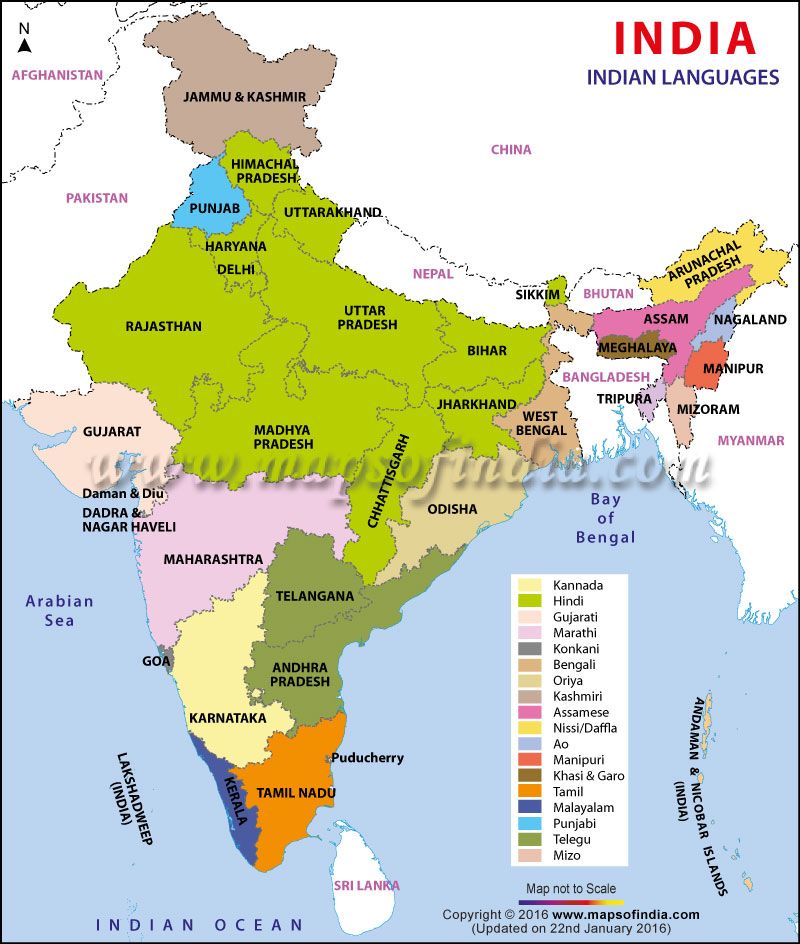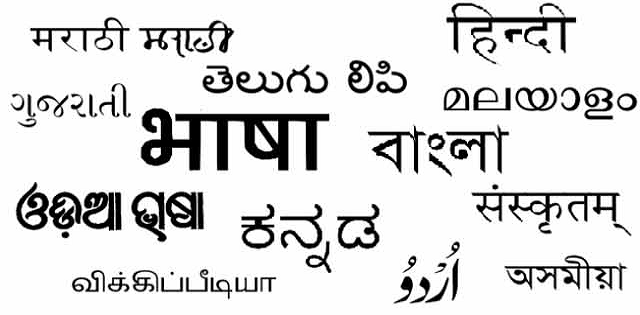After getting Independence in 1947, the Indian subcontinent saw conflict due to the need for an official language. India is a multi-lingual nation where more than 400 clearly indefinable languages are being used by different groups of people. Linguistic identity has been a strong force in all societies; this is even truer for a multilingual society like India. There was extensive linguistic diversity in India at the time of Independence.
The need for One Official language
The makers of modern India were aware of the critical necessity of having one official language without which it was practically impossible to promote one Indian national identity. Linguistic diversity was a divisive force and there was a need for strong bonds to overcome this divisive tendency.

Most leaders in the constituent Assembly were in favor of accepting Hindi as the official language of the Indian Union. Because it was the most commonly used language. Some leaders from non-Hindi areas were apprehensive that the immediate declaration of the Hindi language as an Official Language could hurt the interest of the non-Hindi speaking area. It was decided to have an extended period of 15 years during which English was continued as 2nd official language of India.
Article 343 of the Indian constitution provided the coexistence of Hindi & English language for the Indian union for 15 years from the date of commencement of the Indian constitution. The President of India appointed the 1st official language commission under the chairmanship of B.G. Kher in 1955. The commission submitted its recommendation in 1956. On basis of these recommendations of the committee, the Official language Act (1969) was enacted.

This act provided English shall continue as 2nd official language for a period of 15 years from the date of commencement of the Indian constitution up to 25th Jan 1965. As the year 1965 approached, linguistic agitation started emerging in various parts of India. In North India, agitation was in favor of recognizing Hindi as the only Official Language. In South India, agitation was in the favor of the continuation of English as 2nd Language.
Samyukta Socialist party of Dr. Rammanohar Lohiya & Jana Sangh were prominent supporters of the pro-Hindi movement. Dravida Munnetra Kazhagam was in front of anti-Hindi agitation. Indian Leaders tried to conciliate these linguistic groups fighting for or against the Hindi Language. This agitation was used as the main motive behind the separation of state on the basis of the language, especially in South India.
In 1959 itself, Prime Minister Jawaharlal Nehru had commented that Hindi will not be imposed on non-Hindi-speaking areas against their will. He said that I would have an alternate language as long as people require it & I would leave the decision not to Hindi knowing people but non-Hindi knowing people.
Despite this assurance, as 26th Jan 1965 approached an environment for psychosis development especially in Tamil Nadu. A strong anti-Hindi movement emerged. On 17th Jan 1965, Dravida Munnetra Kazhagam organized Madras state anti-Hindi conference which decided to observe 26th Jan as a day of mourning.
Students are concerned about the safety of their career participation on large scale in anti-Hindi agitation. To tackle this extension, the volatile condition parliament amended Official language 1967. This amended act provided that English will continue as 2nd Official Language as long as people deceive. This amendment resulted in adopting a bilingual official language policy for an indefinite period in the future.
Frequently Asked Questions (FAQs): IASCurrent Affairs Question: Which Article of the Constitution of India says about the Indian Language? Answer: Article 343 of the Indian Constitution states the use of Hindi and English as the official language for the country.
